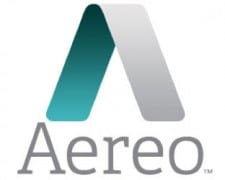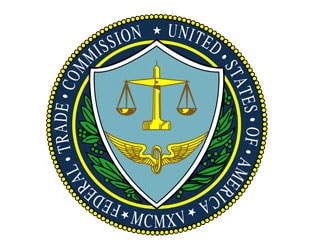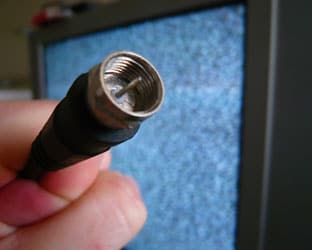 ProtectMyAntenna.org is an educational and advocacy site that aims to provide basic information about Aereo and the legal claims before the Supreme Court. The site also features court briefs, amicus briefs and court decisions.
ProtectMyAntenna.org is an educational and advocacy site that aims to provide basic information about Aereo and the legal claims before the Supreme Court. The site also features court briefs, amicus briefs and court decisions.
On April 22, Aereo will present our case to the United States Supreme Court. We remain steadfast in our conviction that Aereo’s cloud-based antenna and DVR technology falls squarely within the law. We have every hope and confidence that the Court will validate and preserve a consumer’s right to access local over-the-air television using an individual antenna, make a personal recording with a DVR, and watch that recording on a device of their choice.
“What is at stake in this case is much bigger than Aereo. We believe that consumers are entitled to use a modern, cloud-based, version of an antenna and DVR and that consumers should not be constrained to 1950’s era technology to watch free-to-air broadcast television. The broadcasters’ positions in this case, if sustained, would impair cloud innovation and threaten the myriad benefits to individuals, companies, and the economy at large of the advances in cloud computing and cloud storage. Several amicus briefs including those from CCIA and Mozilla, Public Knowledge, the Consumer Electronics Association and the Electronic Frontier Foundation, directly address these issues,” says Aereo.
RBR-TVBR observation: This has nothing to do with “cloud innovation,” but all to do with stealing copyrighted content and rebroadcasting it over the internet for a fee. Can broadcasters do that with protected original content from YouTube? No. Can broadcasters do that with cable networks’ signals obtained via satellite without permission? No. Since we’re talking about rebroadcasting over the air signals, if this SCOTUS ruling favors Aereo, then WKBD-TV Detroit should be able to grab HBO’s “Girls” anytime it wants off of the satellite (because it is transmitted through the air) and stream it live over its website—and make people pay to watch it. Each viewer has their own little satellite antenna, right? Not gonna happen. What’s fair is fair in copyright-protected content. You mess with that model and you will have chaos. Do you want all new TV sets to have encryption-based tuners so that only paying viewers can watch local TV, because their signals are now encrypted? It could happen.
Noted Francisco Montero, Managing Partner, Fletcher, Heald & Hildreth, P.L.C: “In my opinion, the creation of this educational and advocacy site is a sign that Aereo is worried about the possible outcome at the Supreme Court, so they are making an appeal to the public and painting themselves as an organization that is safeguarding innovation and providing a public service. Once again, I believe that RBR-TVBR has nailed it….when you clear away the smoke and mirrors, this is basically about a public performance of copyrighted material for a fee. And I have a feeling that the Supreme Court will see it that way. But for Aereo, this Supreme Court decision, even if it only addresses the injunction issue, is nonetheless existential. So in the lead up to the Supreme Court oral argument this month, they are pulling out all the stops. For Aereo, unless the Supreme Court gives them a pass on the sale of copyrighted material without consent of the copyright holder, their business model collapses. Did someone say Napster?”

Said Michael Berg of the Law Office of Michael D. Berg: “Each side has argued its case forcefully and with considerable “friend of the court” brief support. The United States’ support for the broadcasters is very significant, but not controlling. Each side predicts dire consequences if the other side wins. The main legal question to be judged is whether a company “publicly performs” a copyrighted television program when it retransmits a broadcast to thousands of paid subscribers over the Internet. But the Supreme Court can also consider the effects of ruling for one or the other on the public, business and tech innovation. Oral argument before all nine Justices next Tuesday may indicate which way the Justices are leaning. The Court’s ruling is expected around the 4th of July.”





